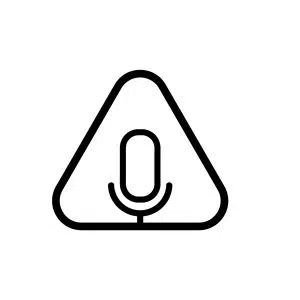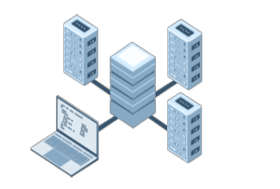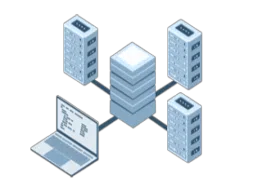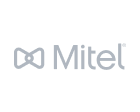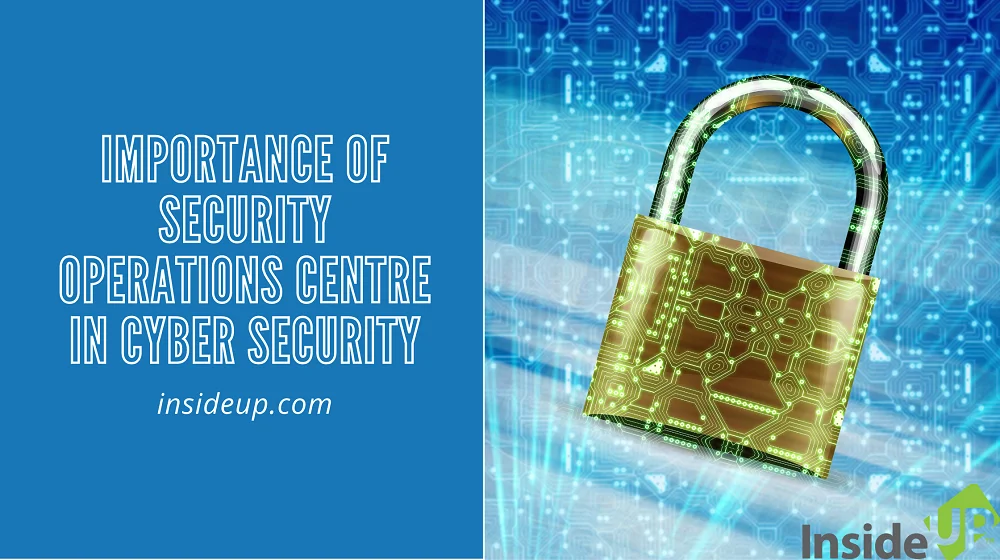
Cyber security threats are becoming more and more challenging to detect and mitigate and even more common and dangerous in their types. According to a research study on the Cost of Data Breaches in 2018 by the Ponemon Institute, businesses take up to 266 days to detect a security breach and more than over a month to contain it. Companies of all sizes should maintain a formal organizational structure that can take responsibility for network security protection and operate an efficient process for detecting, analyzing, reducing, and preventing threats. This is where a Security Operations Center (SOC) comes in.
A SOC is a centralized function that operates within an organization that employs people, technology, and processes to continuously monitor and enhance an organization’s security system. It is a Security Operation Centre that acts like the hub or central command post to prevent and respond to cyber security incidents. A SOC takes in telemetry from across an organization’s IT infrastructure, including its network security firewall, information stores, devices, and appliances wheresoever the assets reside. The generation of venerable threats puts a premium on collecting useful context from different sources. Basically, for every event logged within the organization, the SOC operates as a correlation point that is monitored for each event. The SOC decides upon threat management and operations.
Employee training beats a spear-phishing threat, but more advanced SOC techniques should be employed.
Spear phishing is a well-known type of cyber-attack. It requires the attacker to research their target, find essential details about them, and craft a target email message with a narrow focus on a specific recipient or a group. Research on target can deliver messages with a slight veneer of hope and plausibility to trap the victim into downloading or clicking the malicious link. Sometimes even into initiating a fraud action of wire transfer.

While dealing with these kinds of network-borne threats, employees are trained to pay attention to the details and avoid any malicious emails. Still, human nature usually wins out sooner or later. There can be a case where an unsuspecting employee clicks on an attachment link sent from their boss’s email address. When this happens, the security operations centre (SOC) will recognize the intruder and use automated tools to limit the damage.
A SOC team is responsible for:
- Maintaining and managing security monitoring tools.
The tools must be regularly updated to secure computer network security and systems. Tools utilized in all part of the security process have to be analyzed and maintained by the SOC Team members.
- Investigating suspicious activities
The SOC team is responsible for investigating malicious and unusual activity within the web network security and systems. Usually, analytic or SIEM software will issue warning signals. The SOC team will then analyze the alerts and monitor the threat’s extent.
The SOC follows up on the most advanced threat intelligence tools for the best results and leverages them to enhance internal threat detection and defense mechanisms. The SOC utilizes the data from within the organization to correlate it with external information from various sources. This external data delivers insight into vulnerabilities and threats. The SOC keeps up with evolving external cyber intelligence, including incident reports, cyber threats news feeds, threat briefs, signature updates, and vulnerability alerts. The SOC team has a process to constantly feed the threat information into SOC monitoring tools to distinguish between destructive and non-destructive threats.
Truly successful SOCs utilize firewalls and network security solutions and automation tools and also connect expert security analysts with organizations to enhance security measures. Many organizations that do not have in-house resources to maintain security, turn to managed firewall service providers that offer SOC services.
InsideUp, a leading demand generation agency, has over a decade of experience assisting technology clients, that target mid-market and enterprise businesses, by meeting and exceeding their key marketing campaign metrics. Our clients augment their in-house demand generation campaigns (including ABM) by partnering with us to build large sales pipelines. Please contact us to learn more.







